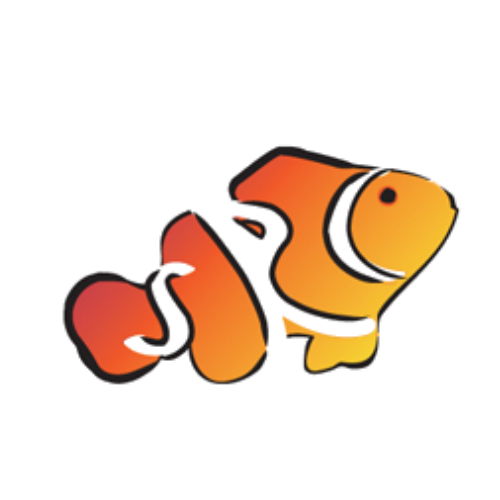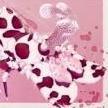Parachaetodon Ocellatus
Common Name: Ocellate Coralfish
Max length in captive: 18 cm
Distribution : India and Sri lanka to Fiji, north to the Ryukyus and Bonin islands, and south to the Northern Great barrier reef and New South Wales.
Aquarium size: 75 gal
temp: 22 to 27
Captive care: This species will do well in the home aquarium if it can be coaxed into taking substitute foods. It will usually accept live foods, such as brine shrimp, mysis shrimp and black worms. Once it begin to feed, it can be switch to an alternative diet, including chopped fresh seafood, frozen brine shrimp, and other flakes foods. It can be kept singly, but is reported to do best if acquired in pairs or groups. This fish is an active species that require plenty of room to swim, it should not be housed with aggressive tank mates and although it does not naturally feed on stony or soft corals, it is potential threat to sessile invert and small shrimp in a reef aquarium.
** Photo source: Fishbase.org
Copyright
Photo Information for Parachaetodon Ocellatus
[[Template gallery/front/view/comments is throwing an error. This theme may be out of date. Run the support tool in the AdminCP to restore the default theme.]]


